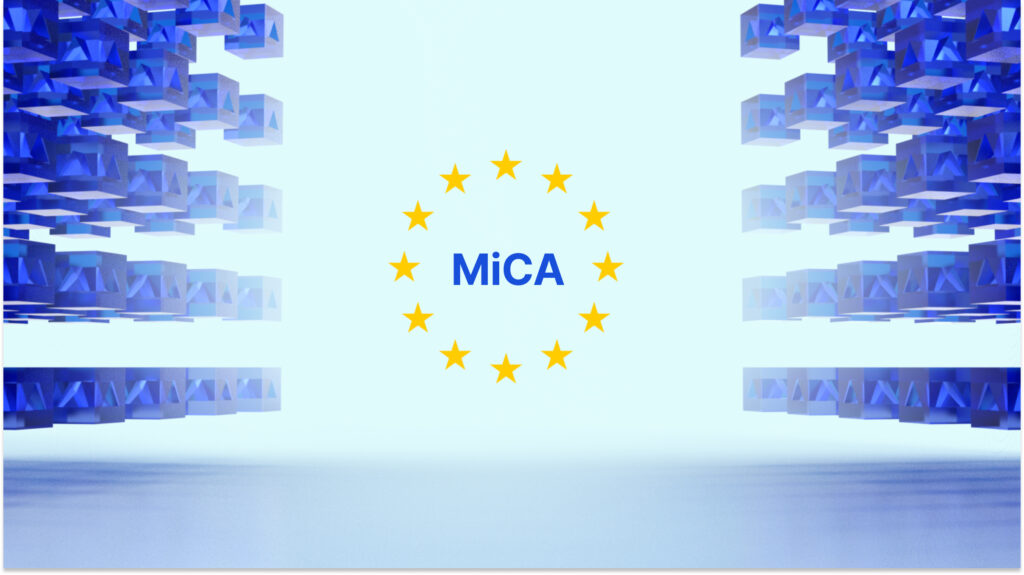Regulations are often a welcome signal toward market maturation, acceptance, and assurance for new technologies and financial practices. The European Commission’s “Markets in Crypto Assets Regulation” (MiCA) is no exception. A significant piece of legislation, MiCA has been heralded by some as the end of the “crypto wild west”, bringing crypto-assets, crypto-asset issuers, and crypto-asset service providers under a regulatory framework for the first time.
With the first phase of these new rules now in effect (as of June 30th), and the remaining regulations set to come into force this December, MiCA marks a key milestone on the journey toward long-term crypto market stability, enhanced consumer protections, as well as a far more attractive investment environment for businesses.
Exceptions to the rule
While MiCA rightly omits certain facets of the crypto ecosystem from its initial framework, such as decentralized smart contracts and NFTs, the question remains whether stablecoins should have received the same treatment.
MiCA introduced caps on issuance and transactions for certain USD-referenced “e-money” tokens, including USDC, USDT, and BUSD. The caps currently stand at 1 million transactions by volume, or 200 million euros by notional value, with the idea being that these non-EU stablecoin caps will encourage the use of euro-denominated stablecoins, rebalancing the market away from the dollar-denominated coins, and mitigating the risks posed by large-scale stablecoin adoption.
While understandable from an EU perspective, this tactic feels like forcing a square peg through a round hole. To take a step back, the total global market capitalization for stablecoins sits at approximately $152 billion, with USDC, USDT, and BUSD accounting for almost three quarters of that amount. In spite of the USD-denominated stablecoin dominance, the European share is already far beyond present limits, meaning action would need to be taken to restrict its use now that MiCA has come into effect.
The case for stablecoin regulation amendments
Stablecoins are integral to numerous critical use cases, especially non-speculative ones.
They serve as an important connector between fiat-based traditional finance and digital assets, and are often viewed as a safe haven and reliable store of value to investors – a far cry from the “Wild West” or “crypto casino” described by skeptics.
Stablecoins have also proven imperative in cross-border payments, safeguarding against hyperinflation or other local currency debasing risks. They are also frequently used to interact with smart contracts, and therefore form a central component of the lending and yield generating ecosystem.
Despite aiming to foster innovation and propel the industry towards greater legitimacy, these restrictions may in fact be doing the opposite. Attempting to protect the euro and alleviate potential systemic risks caused by large-scale stablecoin usage by way of imposing overly restrictive limits may be doing stablecoin adoption and growth in the EU more harm than good. It is evident that e-money restrictions must be revisited.
There is still hope that these changes can be achieved without having to wait for a MiCA II, whilst the European Securities and Markets Authority (ESMA), the European Banking Authority (EBA) and other European authorities engage in secondary rulemaking and technical standard-setting. A more nuanced, tiered system that scales limits based on the size and maturity of the issuer could be one such way in which effective change may be implemented.
Whatever the method, it should be possible to strike a better balance of competing interests and concerns than what we have in MiCA today.
Stablecoins: A “weapon of mass adoption”
Stablecoins are a lynchpin to digital asset mass adoption and an accessible gateway to blockchain technology with a low barrier to entry, much like the recently approved bitcoin or ether ETFs. They offer a point of entry for banks and financial issuers looking to offer a regulated product. For consumers, they are the perfect vehicle for entering Web3 commerce, enabling smart contract interactions and enhancing other experiences like gaming or other internet environments.
Stablecoins also address questions of monetary policy, sovereign debt issuance, and competition where the export of global soft power is concerned. European regulators are right to take a cautious approach — but not to the detriment of a vital technology for the entire crypto ecosystem.
Ultimately, if the goal of MiCA is to enable digital asset markets in Europe to thrive, then stablecoins must also be given the same opportunity to flourish.

